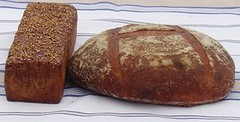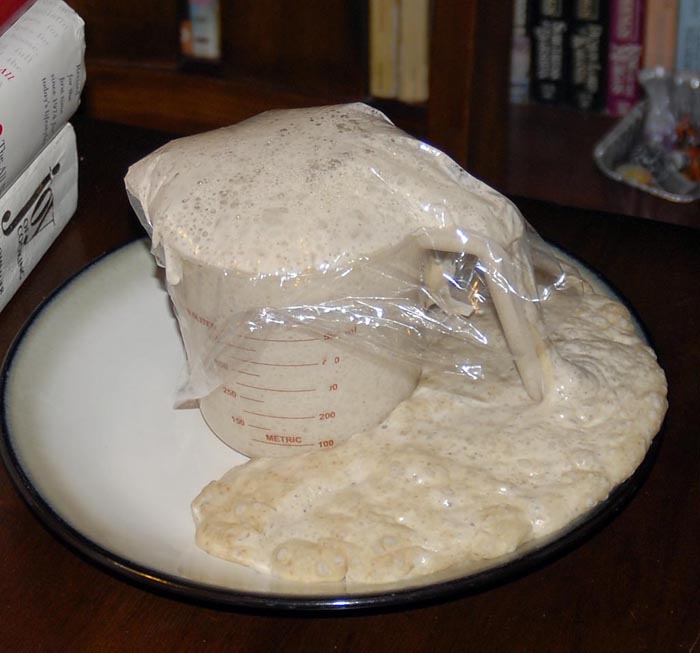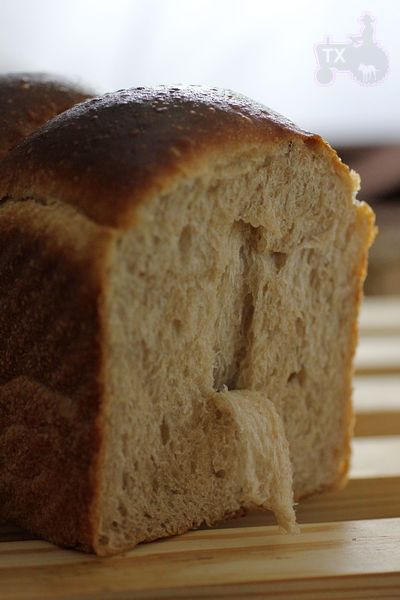Stout Is Good For You - Katie's Stout & Flaxseed Bread
A while ago, Andy (ananda) - always good for some pretty amazing loaves - posted about the entries of two of his baking students for the "Young Baker of the Year Contest" in Newcastle, England. Much as I love the goodness of a simple crusty white bread, my heart belongs to the complexity of mixed grains and nutty add-ins, therefore I copied those two right away into my recipe program.
Finalist Faye's entry, the Nettle Bread, I already baked - it is as unusual as tasty, and made it straight into my team of "Most Valuable Breads":
- Log in or register to post comments
- 24 comments
- View post
- hanseata's Blog





